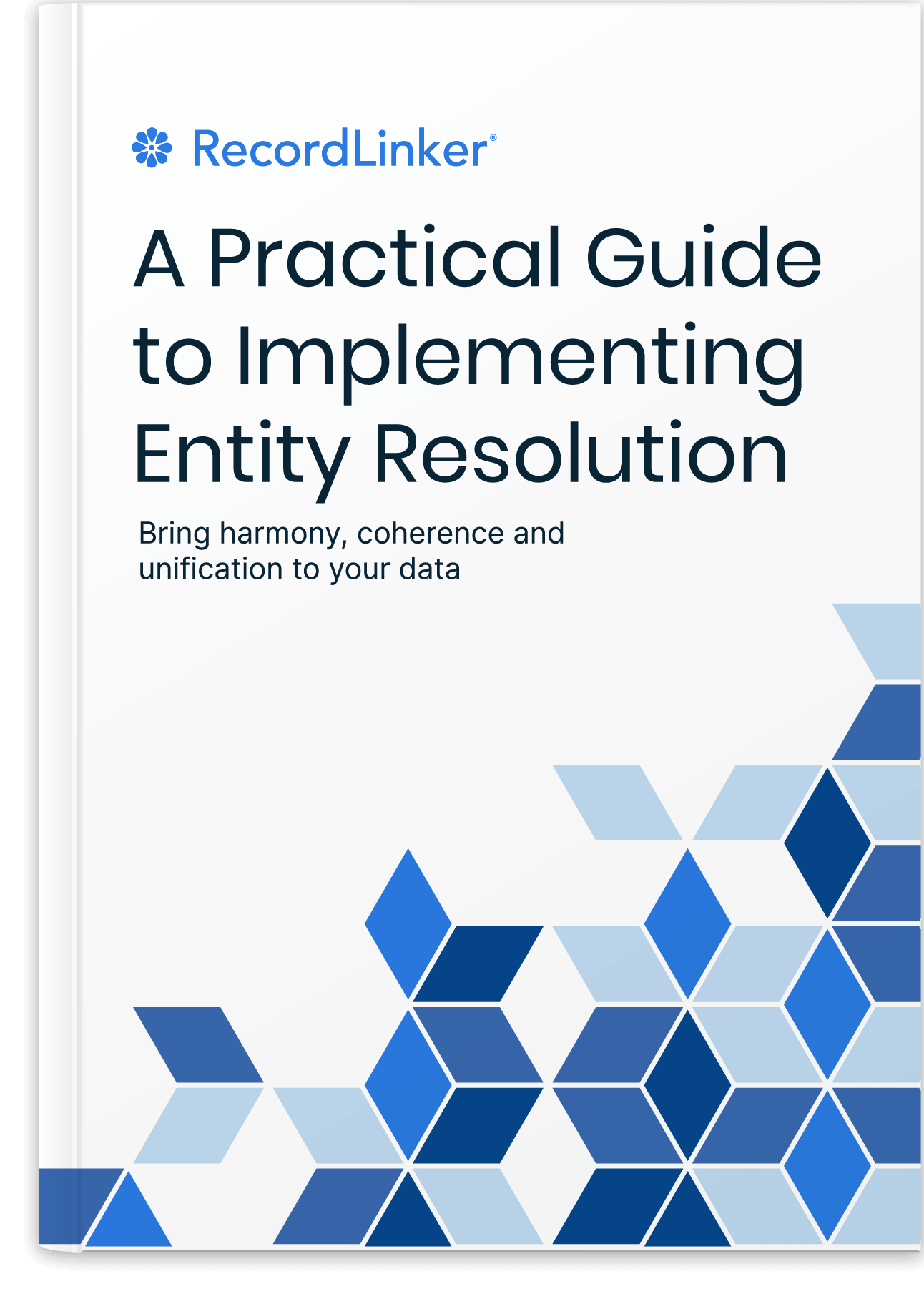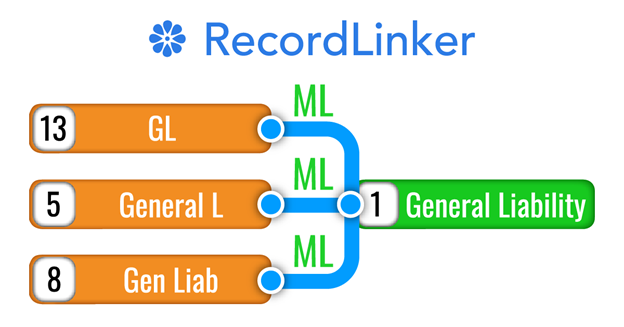Customer Master Data Management: Process Optimization

As your business grows, so does your customer base, and that’s a wonderful thing. But it also means that your customer data becomes more and more complex. You have more data to manage – and more importantly, more data to keep track of in order to make sound business decisions.
That’s where customer master data management comes in. Having a 360-degree view on who your customers are is the best way to create a solid foundation for all your customer-related processes, so it’s critical that your data is accurate, up-to-date, and easily accessible.
In this article, you’ll learn how to streamline your customer master data practices to make sure your data is clean, accurate, and easy to use.
Define What Customer Master Data Is and Where It Comes From
The first step in streamlining your customer master data management process is to clearly define what “customer master data” means in your organization.
Generally, customer master data includes any data that is used to identify, describe, and manage customers. This data can include everything from customer names and addresses to customer preferences and contact information.
Such data qualifies as “master data” because it is relevant to decision-making and core processes across a number of departments. For example, your marketing team may use customer data to segment audiences and create targeted campaigns, while your sales team may use customer data to prioritize leads and track progress.
Once you have created a clear definition of customer master data, you’ll need to take stock of which teams are currently generating and maintaining this data.
In many organizations, customer master data is created and managed by multiple teams, often in silos. This can lead to inconsistencies and duplication of effort, which can in turn lead to errors and wasted time and resources. Sometimes two sources of data can individually skew analysis with positive conclusions, while integrating them may reveal complexities, issues, and surprising cross-influences.
Establish Customer Master Data Governance
In order to streamline customer master data practices, it is important to establish customer master data governance. This governance should include the assignment of clear roles and responsibilities for creating, maintaining, and using customer data, as well as processes for ensuring the accuracy and completeness of that data.
These roles should be assigned to specific individuals or teams, and should be communicated throughout the organization.
To establish oversight, establish a governing body that is responsible for making decisions about customer data. This governing body should meet on a regular basis to review customer data issues and make changes to the governance strategy as needed.
Implement a Customer Master Data Solution
One of the most important steps in streamlining customer master data practices is to implement a central repository for customer data.
This will allow you to more easily track, manage, and update customer information. Your company will save time and money by reducing the need for duplicate data entry and storage, and by providing a single source of truth for your customer data.
A study by Zendesk found that 70% of consumers expect customer service agents to share their information with one another and collaborate, so that instead of being passed between multiple agents who require them to explain their issue from the beginning, they can have it resolved in a single sitting.
Free Book: Practical Guide to Implementing Entity Resolution
Interested in implementing an in-house record matching solution with your own development team without using any outside vendors or tools?

With a holistic view of your customers’ profiles, buying history, and interaction patterns with your brand, your agents will be able to handle customer queries more efficiently, and your marketing team will be able to create targeted campaigns that are more likely to convert. In addition, using a data management platform will allow you to more easily comply with data privacy regulations.
There are a number of data management platforms on the market, so it is important to select one that meets the specific needs of your business. Consider factors such as the size of your customer database, the types of data you need to store, and your budget when making your selection.
Establish Customer Data Quality Processes
To ensure your customer data is reliable enough to fuel important decisions, you’ll need to establish processes dedicated to improving data quality. These processes should include regular checks for data accuracy and completeness, as well as processes for correcting and updating customer data.
Standardize Data Entry
Consider how many departments in your organization are currently logging customer information. If each department is logging the same data in different ways, it can be difficult to keep track of everything and ensure that the data is accurate.
One way to streamline your customer data is to establish standards for data entry. This can include setting up mandatory fields, using drop-down menus for data entry, and requiring employees to use specific formatting.
You may also find it helpful to automate customer data entry. This is a great way to speed up the data entry process and ensure adherence to standards. There are a number of ways to automate data entry, including using software that can automatically fill in forms or integrating your data entry system with your central repository.
With your teams spending less time on data entry, they can focus on finding innovative ways to reach customers and providing a better experience.
Cleanse and Enrich Customer Data
It’s not enough to simply trust that data is being logged properly. In order to make the most of your data, it needs to be regularly cleansed and enriched.
Data cleansing is the process of identifying and correcting errors in your data, such as misspellings, incorrect data formats, and duplicate entries.
Data enrichment means fleshing out data with additional information or context. This can include adding missing data points, linking customer profiles with social media content, or attaching relevant files. Enriching your data can help you get a more complete picture of your customers and make better decisions about how to engage with them.
You’ll find a range of specialized software that can efficiently cleanse and enrich data.
Leverage Specialized Machine Learning
Okay, this is not about ChatGPT. Task-specific machine learning may help you in maintaining your data, performing quality checks, connecting records from disparate sources, and provide insights.
You may include machine learning into your MDM pipeline to take tedious work off your employees and handle certain areas that would require ages to manage or upkeep manually.
Your people are your asset, they know business, they have creativity and potential that gets wasted if they are stuck just doing repetitive 9-5 work. Just to ensure operational things can run. Free them up, and you can multiply opportunities to grow business, or at least save costs on endlessly having to replace leaving employees or scaling your teams to match the workload.
MDM and Data Linkage Reading Recommendations
Here is a curated list of articles from our blog that will help you with improving customer master data management and setting up critical data management processes.
- 10 Customer MDM Best Practices for a Successful Business
- Setting Up a Canonical Record Set: Guidelines
- Operational MDM for Improved Business Operations
- Best Practices for Implementing Master Data Management
- MDM Automation – How To
Customer MDM In Summary
Customer data is not only one of the most important pieces of information for a business, but also one of the most difficult to keep organized and up-to-date.
By including the above elements in your customer master data management process, you’ll be able to ensure your customer information is accurate and accessible.
With your customer data under control, you’ll be able to improve customer satisfaction, increase operational efficiency, and make better business decisions.
RecordLinker uses Machine Learning to normalize records across your data systems!

Interested in improving the quality of your data, but don’t have the time or resources to create a master data management program from the ground-up? RecordLinker is here to help. Our data integration and management platform can quickly connect your disparate data sources, identify and deduplicate records, and keep your data clean and up-to-date.
To learn more about how RecordLinker can help you improve the quality of your data, request a free demo!





